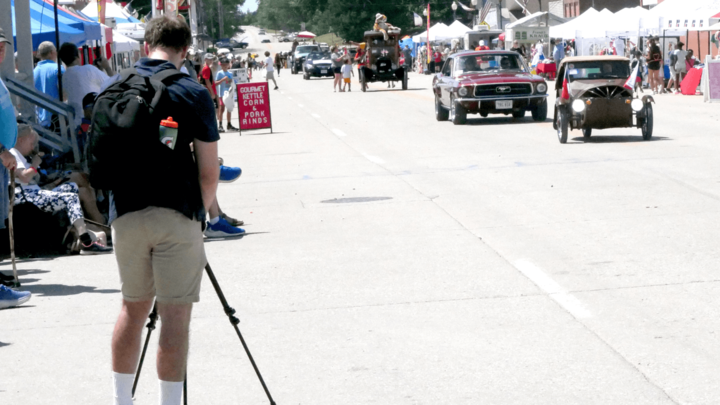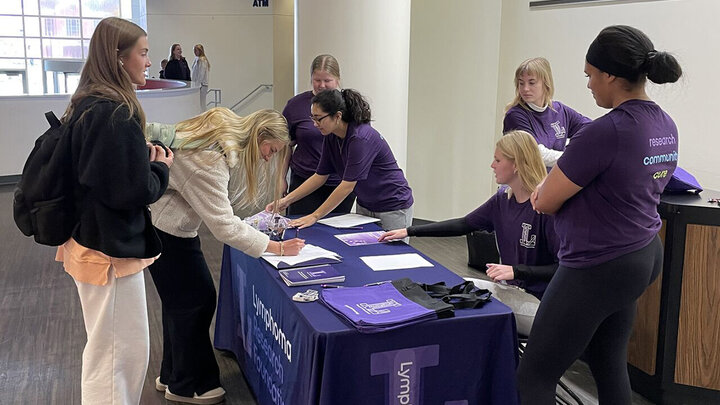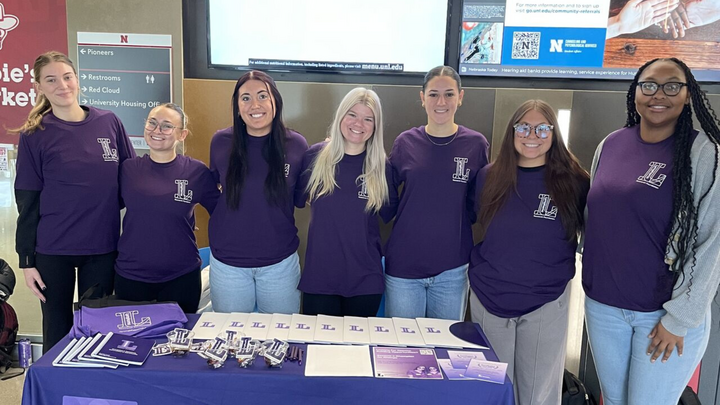The College of Journalism and Mass Communications at the University of Nebraska-Lincoln recently completed the first summer of its innovative rural journalism internship program, funded by a grant from the Stanton Foundation.
The initiative addresses the critical decline of local journalism in Nebraska's rural communities, where the departure of educated individuals, often referred to as the "brain drain," has been a growing concern. The internship program, headed by Shari Veil, professor and dean of the College of Journalism and Mass Communications, seeks to reverse this trend.
“Our aim is to revitalize the local reporting, news and digital presence of Nebraska’s rural communities while simultaneously offering emerging journalists and communicators a unique opportunity to become part of the fabric of small communities," Veil said.
Over the summer, a cohort of student interns was placed in the news and community organizations of several rural communities across the state. Under the leadership of Veil and Rick Alloway, associate professor and general manager of 90.3 KRNU, the program successfully engaged students in meaningful journalism work, fostering strong connections with local residents and organizations.
Toward the end of the summer, Alloway traveled to each internship site to visit the students and their supervisors and discuss the program's goals.
Sophomore advertising and public relations major Rubi Hernandez Ochoa from Harvard, Nebraska, spent her summer in Hastings working as a marketing intern at the Hastings Museum.
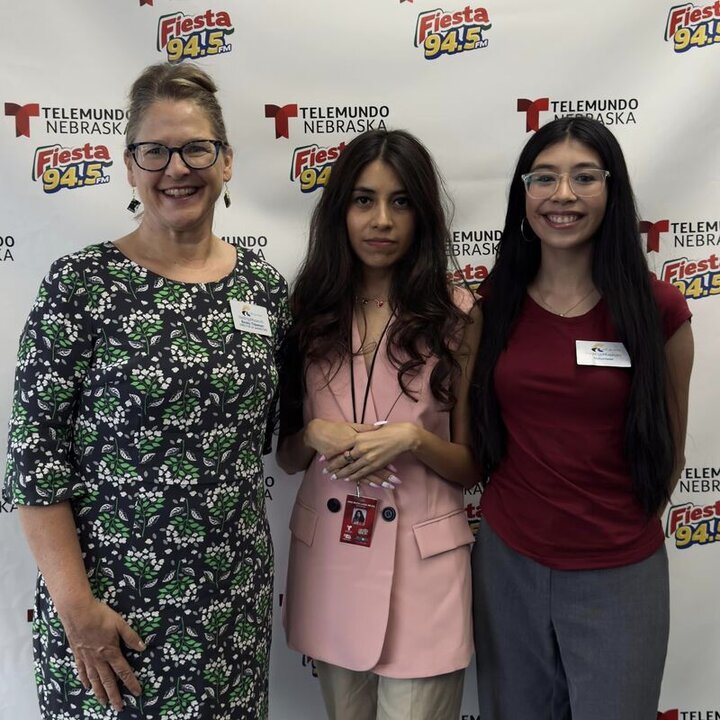
During her internship, she coordinated their social media and had the opportunity to speak with Telemundo Nebraska and Fiesta 94.5.
"This internship has only made my love for my career path grow stronger," Ochoa said. "I love to learn and be a go-getter and those I worked with at the museum supported my endeavors and growth completely."
Justin Diep, a junior journalism, broadcasting and advertising and public relations triple major from Omaha, worked as a reporter and photographer at Enterprise Media Group in Washington county.
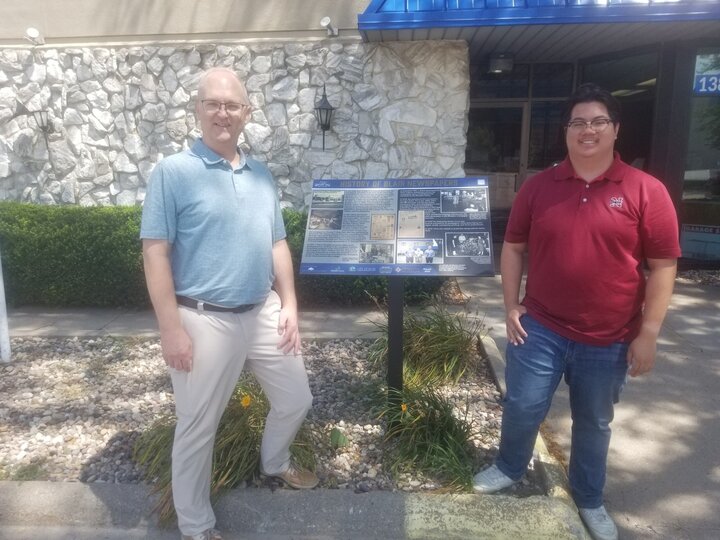
Diep felt like he was able to contribute to the local community from the start of his internship experience. His first big project focused on how weather was impacting farmers after experiencing the wettest month in the county’s history.
“I can get writing experience at any internship but this one gave me a unique opportunity to work in a small market,” Diep said. “Gaining that exposure to different markets early on in my career is important as a decide where I want to work.”
Teddy Ball, a junior journalism and sports media and communications double major from Alvo, Nebraska, was the online engagement intern for the Fairbury Journal-News. This summer he helped to expand the paper’s local online presence by creating 20 community-driven videos for FairburyTV and writing 15 stories for the weekly publication.
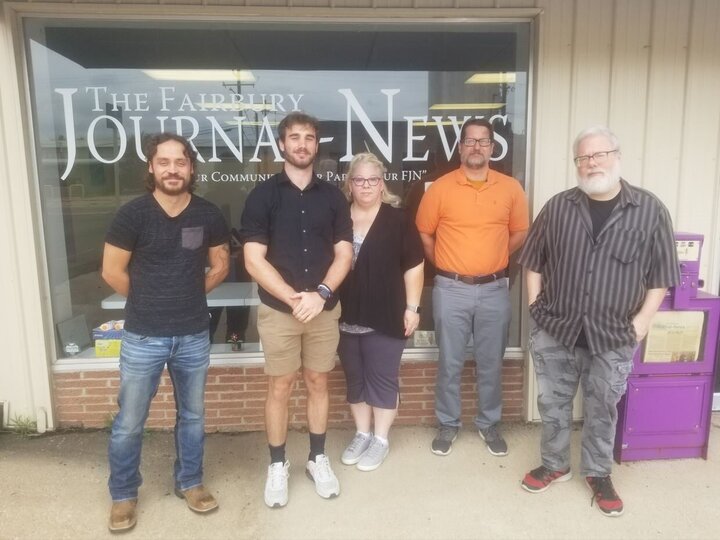
“I wanted the students to get real experiences of being a cornerstone to a community, which is what all small-town papers are to that community, a cornerstone,” Tim Linscott, publisher and editor of the Fairbury Journal-News said. “They may hear the calling of the business, they may not, but to experience life ‘in the trenches’ of a rural community newspaper is an experience I think all journalism majors should have at least once.
The program has garnered praise from key partners, including Dennis DeRossett, executive director of the Nebraska Press Association, and Jim Timm, executive director of the Nebraska Broadcasters Association.
“The repetition of internships in these communities, I believe, will gain steam and lead to the outcomes they are intended to have – both for students and for communities,” DeRossett said. “To help students to generate really good journalism and programs for the community they are serving in and, hopefully, set the bar quite a bit higher for what students can achieve and what communities can expect.”
“Kudos to Shari for generating yet another way to put a spotlight for students on the challenges and opportunities within rural news reporting, while building a potential bridge to our member stations who are in continual need of talented reporters,” Timm said. “The NBA is proud to serve as a conduit between the University, the students and NBA members to make needed connections.”
With 427 out of 531 Nebraska communities classified as rural, the program’s initial success holds promise for broader collaboration and support in the future. By focusing on retaining educated professionals in rural areas, this initiative could serve as a model for sustainable solutions to the challenges faced by rural communities nationwide.
Looking ahead, the college plans to expand the initiative to provide even more students with the opportunity to experience and contribute to the future of journalism and mass communications in rural Nebraska.
